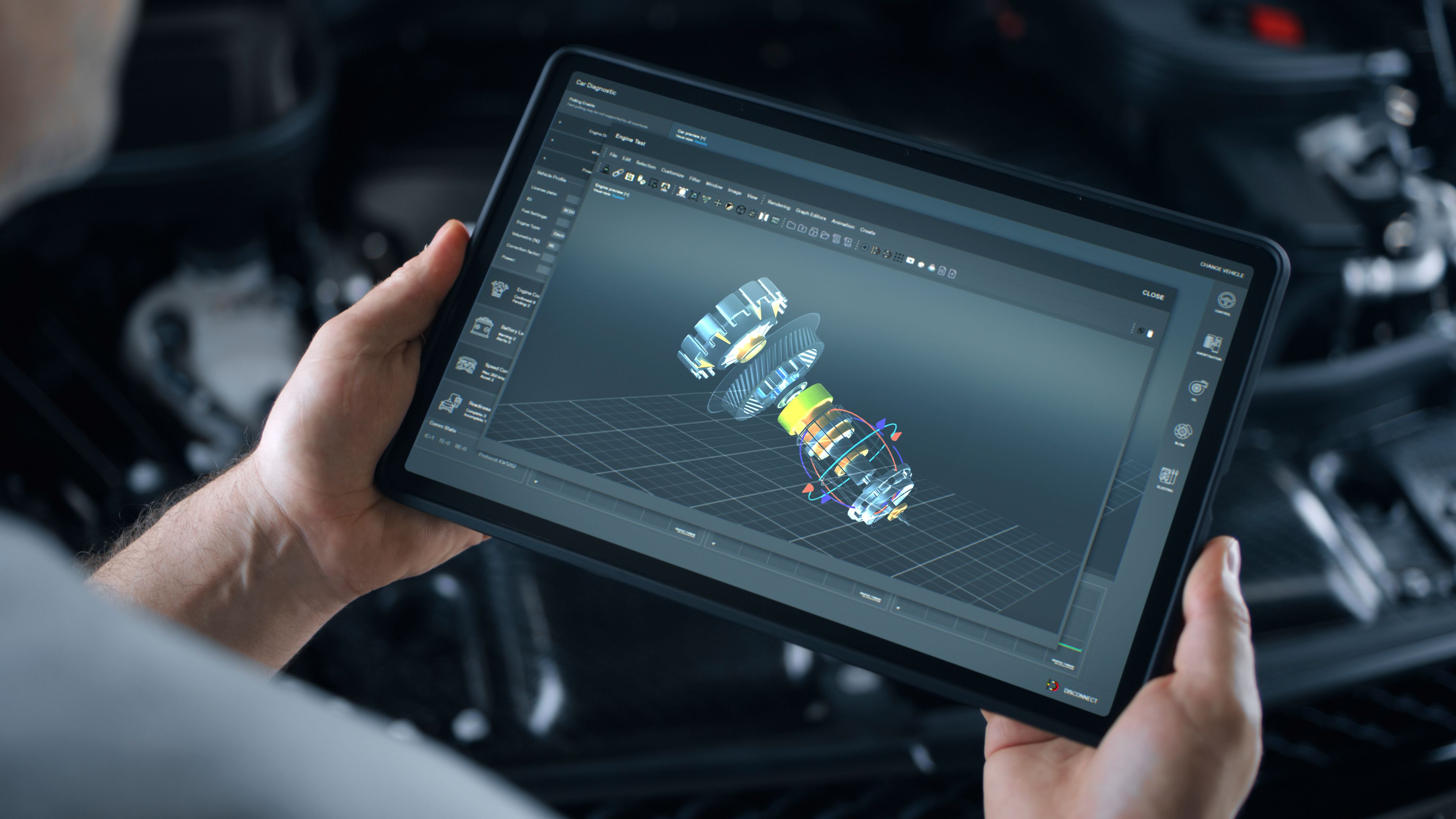Training a hybrid workforce is complex.
Many organizations are adopting the hybrid workforce model to boost productivity. However, this novel approach does not come without its challenges. We have developed digital extended reality solutions to help you navigate the future of on-the-job training for the remote workforce.
Challenges
Traditional training models don’t work.
Managing in-person training sessions across locations and schedules can be burdensome and ineffective. Furthermore, online meetings are not suited for all tasks and responsibilities. In this context, organizations must adopt novel strategies to transfer knowledge to their workforce. 3D and VR solutions break down the barriers between physical and digital, transforming the learning experience while creating tangible benefits.
Information overload.
Training programs can be overwhelming to learners, resulting in poor information retention. Ensuring the retention of knowledge and its on-the-job application is crucial. This is where XR technologies come in play, breaking down the learning process with visual instructional manuals. These digital training manuals provide step by step instructions to the workforce to perform tasks faster and with fewer errors.
Poor training interactivity.
Traditional one-sided presentations, training manuals and in-person inductions are ineffective for the modern workforce. Putting in place strategies to support the adoption of interactive 3D manuals is a key step in ensuring the digitization process of an organization’s learning and development. With step-by-step training manuals, employees can interact and learn in a new and engaging way, retaining more information than with traditional models.
Poor employee engagement.
Training programs are usually one-sided, leading to low engagement and poor retentions and on-the-job recall of knowledge. Organizations must develop engaging digital strategies when dealing with employee training, using technologies from 3D to mixed reality. Having the ability to learn with an interactive digital touchpoint creates the necessary employee engagement that leads to higher retention and lower on-the-job mistakes.
Poor employee motivation.
Employee motivation is one of the most common problem saffecting employee training and information retention. To address this issue, an organization must adopt a digital training strategy that involves the adoption of virtual reality, augmented reality, and 3D technologies. Instructional training manuals that deliver both induction programs and on-the-job support, are the game changing 3D and AR applications for your employees.
On-the-job support is not the norm.
After the completion of the induction program, employees are often left alone in performing their tasks, with no additional training or support. Employees don’t have access to digital tools to recall information while on-the-job. To limit down-time, onerous mistakes and boost productivity, organizations must ensure the continuous on-the-job transfer of knowledge and remote support to benefit their operations and workforce.
Manufacturing rework.
Whether in manufacturing or in maintenance scenarios, rework remains a sizeable challenge for corporations. Correcting defective parts results in lost time, increased waste, and unforeseen costs. While enterprises can implement quick one-off fixes to address this challenge, a comprehensive training digitalization and remote assistance strategy remains the optimum medium to achieve strong performance benefits across the organization.
Frequently Asked Questions (FAQs)
Want to Learn More?
Ask about Vection Technologies' solutions, professional services or anything else. We are ready to help.
Contact Us






